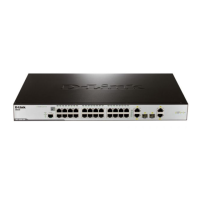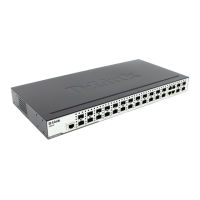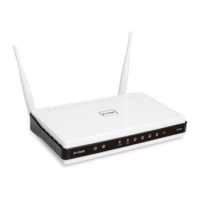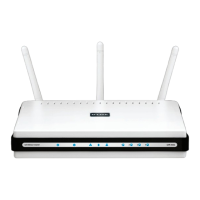xStack® DES-3200 Series Layer 2 Managed Fast Ethernet Switch
197
Compound Authentication Settings
Users can configure Authorization Network State Settings and compound authentication methods for a port or ports
on the Switch.
To view this window, click Security > Compound Authentication > Compound Authentication Settings as
shown below:
Figure 8-37 Compound Authentication Settings window
The fields that can be configured are described below:
Parameter Description
Authorization Attributes
Click the radio buttons to enable of disable the Authorization Network State.
Authentication Server
Failover
Click the radio buttons to configure the authentication server failover function.
Local - The switch will resort to using the local database to authenticate the
client. If the client fails on local authentication, the client is regarded as un-
authenticated, otherwise, it authenticated.
Permit - The client is always regarded as authenticated. If guest VLAN is
enabled, clients will stay on the guest VLAN, otherwise, they will stay on the
original VLAN.
Block - The client is always regarded as un-authenticated. This is the default.
Click the Apply button to accept the changes made for each individual section.
Port Security
Port Security Settings
A given port’s (or a range of ports') dynamic MAC address learning can be locked such that the current source
MAC addresses entered into the MAC address forwarding table cannot be changed once the port lock is enabled.
The port can be locked by changing the Admin State drop-down menu to Enabled and clicking Apply.
Port Security is a security feature that prevents unauthorized computers (with source MAC addresses) unknown to
the Switch prior to locking the port (or ports) from connecting to the Switch's locked ports and gaining access to the
network.
To view this window, click Security > Port Security > Port Security Settings as shown below:

